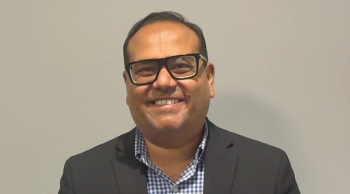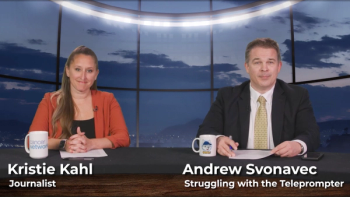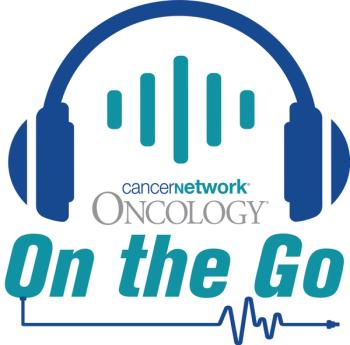
Finding a “Sweet Spot” for Smoldering Multiple Myeloma Management
Combining daratumumab with other agents is one strategy that investigators are exploring in the smoldering multiple myeloma field.
Joseph Mikhael, MD, MEd, FRCPC, FACP, FASCO, spoke with CancerNetwork® ahead of the
Despite supporting findings from the
Mikhael is the chief medical officer at the International Myeloma Foundation and a professor in the Applied Cancer Research and Drug Discovery Division at the Translational Genomics Research Institute, an affiliate of City of Hope Cancer Center.
Transcript:
Although this [approval] is a major step forward, as noted, there were still large fractions of patients who progressed towards active multiple myeloma [in the AQUILA study]. Much more study is now ongoing looking at [whether] we could then potentially add something to daratumumab. Could 2 agents, a monoclonal antibody like daratumumab plus something else [work]? One of the benefits of AQUILA was that single agent was so well tolerated that it was easier for patients to take. As soon as you add more, it becomes more difficult to take it. But that’s one area that’s being explored.
Another area that’s particularly important in smoldering myeloma is to ensure that we perhaps more clearly and biologically define what high risk is. In the AQUILA study, [investigators] were quite inclusive, meaning that we could argue that it was not the highest-risk patients [in the trial], that there was some overlap with an intermediate-risk group. But as we better identify those patients who are closest to [developing] active myeloma, that is perhaps where we could intervene. At the other end of the spectrum, science always dictates that we look at things in different ways.
One way in which studies are being done now is trying to identify those highest of risk patients who are almost at the edge of [developing] active myeloma.Perhaps, instead of intervening in this way with a gentler therapy, [we could] be very aggressive in that context. Could we potentially cure a fraction of high-risk smoldering [myeloma] by giving [patients] CAR T-cell therapy or an intense combination? Overall, we are still not curing the larger fraction of [patients with] myeloma, and one of the ways we believe we can ultimately lead to a cure is to intervene earlier. You do not want to intervene too early, [yet] you do not want to intervene too late. It’s finding that sweet spot that we are seeking to do in our research.
Reference
FDA approves daratumumab and hyaluronidase-fihj for high-risk smoldering multiple myeloma. News release. FDA. November 6, 2025. Accessed November 6, 2025. https://tinyurl.com/49ks5zkx
Newsletter
Stay up to date on recent advances in the multidisciplinary approach to cancer.























































































